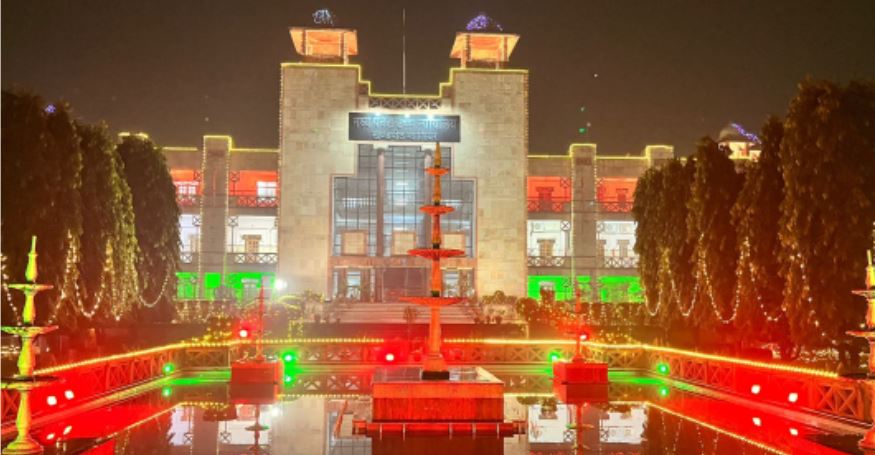Monumental Legal Victory for ASI
In a landmark ruling, the Madhya Pradesh High Court has unequivocally asserted the Archaeological Survey of India’s (ASI) authority over three ancient monuments in Burhanpur. This decision, which includes the tomb of Mughal Emperor Shah Jahan’s daughter-in-law, Begum Bilqis, overturns a 2013 order by the MP Waqf Board that had declared these sites as Waqf property.
Dispute Over Heritage: A Clash of Claims
The legal battle ensued when the ASI challenged the Waqf Board’s claim, arguing that the sites were protected under the Ancient Monuments Preservation Act of 1904 and thus, fell under the ASI’s purview. The disputed monuments include the Shah Shuja monument, the Tomb of Nadir Shah, and Bibi Sahiba’s Masjid, all located within the historic Fort of Burhanpur.
Court’s Decisive Verdict: ASI’s Guardianship Reaffirmed
Justice GS Ahluwalia, in his July 26th order, concurred with the ASI’s position. He declared the Waqf Board’s claim “a material illegality,” emphasizing that once a site is designated as an ancient monument, it cannot be reclassified as Waqf property.
Historical Significance of the Monuments
The Shah Shuja monument houses the tomb of Begum Bilqis, an architectural marvel adorned with intricate paintings and a majestic dome. The Tomb of Nadir Shah, a massive structure built on a raised platform, is believed to house the remains of multiple individuals. Bibi Sahiba’s Masjid, commissioned by a queen in the 16th century, holds cultural and religious significance.
Legal Implications: ASI’s Role as Guardian of Heritage
The court’s decision has far-reaching implications for the preservation of India’s rich historical legacy. It reaffirms the ASI’s exclusive authority over ancient monuments and underscores the importance of safeguarding these sites from competing claims.
Preserving India’s Past for Future Generations
This landmark ruling is a victory for heritage conservationists and history enthusiasts. By upholding the ASI’s guardianship over these Mughal-era monuments, the court has ensured their preservation for the benefit of future generations. This decision sends a powerful message: India’s cultural heritage is inviolable and must be protected from any attempts to undermine its historical and archaeological significance.
Soumya Smruti Sahoo is a seasoned journalist with extensive experience in both international and Indian news writing. With a sharp analytical mind and a dedication to uncovering the truth, Soumya has built a reputation for delivering in-depth, well-researched articles that provide readers with a clear understanding of complex global and domestic issues. Her work reflects a deep commitment to journalistic integrity, making her a trusted source for accurate and insightful news coverage.



